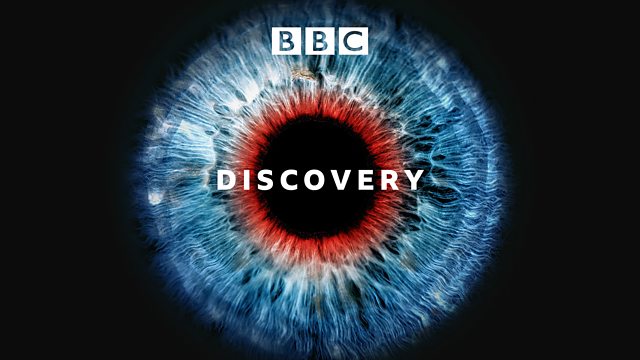
Stem Cells (2/3)
Sue Broom looks back over the research, discoveries and breakthroughs that have brought us to a new understanding of how these cells can be used in our bodies and in the laboratory to cure diseases.
Sue Broom continues her examination of the remarkable world of stem cells.
Some of these special cells, found in the early embryo, make up all the cells in our developing bodies.
Others, the adult stem cells, are found in our bone marrow, skin, liver and some other organs and these play more specialised roles in regenerating these tissues throughout our lives.
As our understanding of the behaviour of these remarkable cells increases, the potential use for therapies for a whole host of diseases and disorders grow.
In the future, it is hoped that diseases such as heart disease, Parkinson’s, Alzheimer’s, sickle cell anaemia and type one diabetes, as well as injuries such as spinal cord damage, could be treated using stem cells.
Up until 3 years ago, a lot of the hope for understanding and finding cures for disease rested on the embryonic stem cells. But these are not without ethical, compatibility and supply issues. Although embryonic stem cells still hold great promise, 2006 saw a breakthrough that promised another source of stem cells. Scientists in Japan and the USA managed to turn a skin cell back to its embryonic stem cell state – an Induced Pluripotent Stem cell. In the second of a series of three programmes, Sue Broom finds out how they did this and what these cells can be used for.
Last on
Broadcasts
- Wed 10 Jun 2009 09:32GMT�鶹�� World Service Online
- Wed 10 Jun 2009 15:32GMT�鶹�� World Service Online
- Wed 10 Jun 2009 19:32GMT�鶹�� World Service Online
- Thu 11 Jun 2009 00:32GMT�鶹�� World Service Online
Space
The eclipses, spacecraft and astronauts changing our view of the Universe
The Curious Cases of Rutherford and Fry
Podcast
-
![]()
Discovery
Explorations in the world of science.


